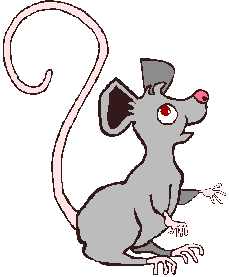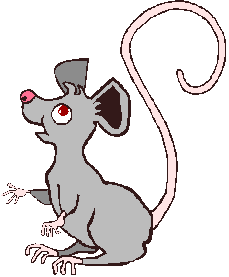 |
|
 |
|
| But
What Was Their Appeal? |
| |
 But what appeal did miniature cottages have in
1980 that heraldic plaques and the Prince Charles bust did not? The answer to
this question lies in what is regarded as their four main attributes: But what appeal did miniature cottages have in
1980 that heraldic plaques and the Prince Charles bust did not? The answer to
this question lies in what is regarded as their four main attributes:
 Firstly
the base material used in their manufacture.
It was soon found that Crystacal is robust
and ideal for producing finely detailed work
and so proved to be the ideal medium for the
intricate detail required for the cottages.
Crystacal achieved a position of respectability
that no other material could have ever achieved. Firstly
the base material used in their manufacture.
It was soon found that Crystacal is robust
and ideal for producing finely detailed work
and so proved to be the ideal medium for the
intricate detail required for the cottages.
Crystacal achieved a position of respectability
that no other material could have ever achieved.
 Secondly,
the use of silicon rubber moulds. These were
a relatively new innovation and allowed for
the retention of all the fine detail. Being
flexible they allowed an endless amount of
possible shapes and sizes of pieces to be
created including the ability to create overhangs,
tunnels and arches. John Hine Studios have
been a leading exponent in the field of mouldmaking. Secondly,
the use of silicon rubber moulds. These were
a relatively new innovation and allowed for
the retention of all the fine detail. Being
flexible they allowed an endless amount of
possible shapes and sizes of pieces to be
created including the ability to create overhangs,
tunnels and arches. John Hine Studios have
been a leading exponent in the field of mouldmaking.
 Thirdly,
there is the emergence of a new breed of collectors
the world over whose enthusiasm for David
Winter Cottages has made them a potent influence
on the giftware and collectable market in
general. Thirdly,
there is the emergence of a new breed of collectors
the world over whose enthusiasm for David
Winter Cottages has made them a potent influence
on the giftware and collectable market in
general.
 Fourthly
it is the artistic talent of David Winter
himself. In 1979 it became obvious to John
Hine that David had the inherent sculpting
skills and talent but little outlet for them.
So when John Hine identified a gap in the
giftware market and when the right subject
matter came along it unleashed a creative
flow that amazed collectors and stretched
all those in their production to the limit. Fourthly
it is the artistic talent of David Winter
himself. In 1979 it became obvious to John
Hine that David had the inherent sculpting
skills and talent but little outlet for them.
So when John Hine identified a gap in the
giftware market and when the right subject
matter came along it unleashed a creative
flow that amazed collectors and stretched
all those in their production to the limit.
 They both
had developed an early love for the countryside
and an awareness of the richness of rural
life. They also recognised from personal experience
the distinctive nature of traditional British
architecture and together they used this to
create a very successful business. They both
had developed an early love for the countryside
and an awareness of the richness of rural
life. They also recognised from personal experience
the distinctive nature of traditional British
architecture and together they used this to
create a very successful business.
 I
am proud to announce that I am a David Winter
Cottages Collector and that I have enjoyed
the many years that I have been collecting
David's masterpieces. I
am proud to announce that I am a David Winter
Cottages Collector and that I have enjoyed
the many years that I have been collecting
David's masterpieces.
 Long
may David continue. Long
may David continue. |
|
|
|
|
 |
|
 |
|
|



